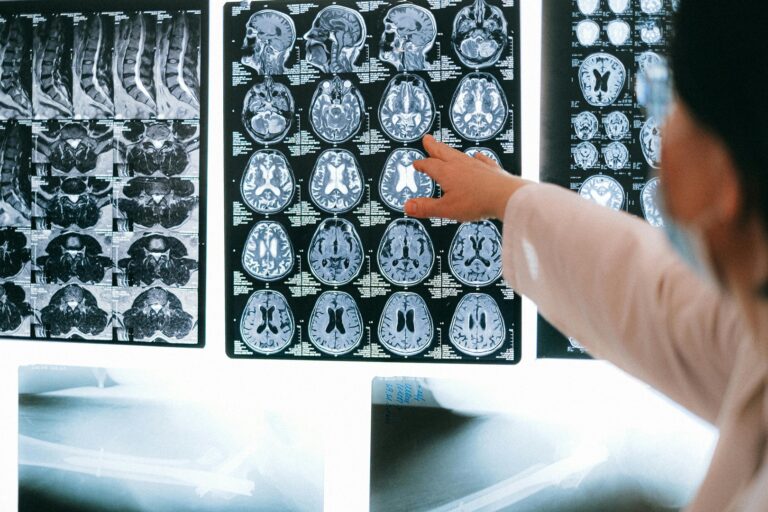It is important to understand that IIH is only one of multiple conditions that may lead to pseudotumor cerebri. Thus, some cases of pseudotumor are truly without an identifiable cause (hence the term idiopathicThe term idiopathic is used when there is no detectable reason for something. Click the term to read more in IIH). However, in other cases, patients may meet the diagnostic criteria of pseudotumor but have a known association (such a medical condition or use of a medication) with a pseudotumor cerebri diagnosis. In these cases, depending on the condition or medication, treatment of the medical condition or removal of the medication may improve the patient’s symptoms.

June 19, 2025
Imaging of the brain plays an integral role in the diagnosis and management of idiopathic intracranial hypertension (IIH)...


